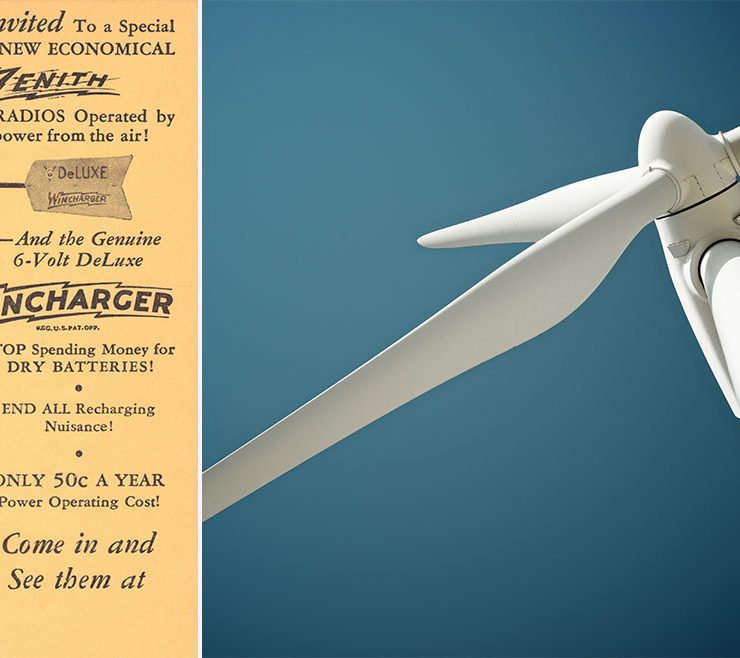Back in the Mud
MoDOT recently unveiled its “325 Plan” for Missouri’s 34,000-mile network of bridges and highways the agency has been charged with building and maintaining. With $325 million available for this Herculean effort, the agency says it will only have funds to care for about 8,000 miles of interstate highways and heritage federal routes, including Highway 63. With little if any relief in sight ‑ this is apparently an “off” year for major highway measures in the Missouri Legislature — MoDOT is presumably passing the buck to maintain the other 26,000 miles of highways to the cities, towns and counties through which they pass.
Fifty years ago, Kansas was abuzz about building a toll road paralleling U.S. 69 as part of a proposed interstate highway that would connect Kansas City and New Orleans. Kansas had already built a successful turnpike, and the Kansas Turnpike Authority had the financing track record through the earlier sale of bonds to build another road. This activity in 1966 led Missouri Gov. Warren E. Hearnes to propose the establishment of a Missouri Turnpike Authority that would sell bonds to finance the construction of toll roads that would then be leased to the Missouri Highway Commission, the predecessor to MoDOT.
Three toll roads were proposed, all of them originating in Kansas City. A four-lane, divided highway to Joplin paralleling Highway 71 would face off with what Kansas proposed to build, and this created immediate doubts about financing a road in Missouri. Less competitive and presumably more easily financed were turnpikes running from Kansas City northeast to Hannibal and another more diagonal toll road through the Lake of the Ozarks to the Bootheel, an opposite and logical reflection of the I-44 connection running southwest between St. Louis and Joplin.
Senate Bill 2 had a rough time in the Legislature, but the measure passed. There were doubts about financing and constitutional issues, which would lead to inevitable subsequent court challenges. Hearnes signed S.B 2 into law on Oct. 13, 1967, but his triumph was pyrrhic and short lived. Although a lower court upheld the measure, the Missouri Supreme Court on Sept. 9, 1968, in Pohl v. State Highway Commission doused the nascent flame of toll road activity in Missouri — perhaps in light of recent events — forever and ever and ever.
So toll roads are dead. The same goes for motor fuel tax increases. So what options are left for the hundreds and hundreds of civil divisions ranging from counties, cities, towns and villages to hamlets and open prairie that will soon have this 26,000-mile highway and bridge maintenance conundrum dumped in their laps? Not many, it would appear.
Some say let the roads crumble and turn to mud, and that would be just in time to celebrate the anniversary six years from now of Missouri’s Centennial Road Law that was enacted to get us “out of the mud.” Some entities will figure out ways to maintain their roads, while others, through no fault of their own, will watch them deteriorate.
It has always seemed to make sense for Columbia to have complete control over Providence Road, College Avenue, Stadium Boulevard and other in-town streets presently under the aegis of MoDOT. The same goes for Boone County’s lettered “farm-to-market” roads. So how much does MoDOT spend every year to keep Columbia and Boone County’s roads and bridges in tip-top condition? It’s a number worth knowing and with that, in hand, might somehow coax voters already weary of taxes to shell out even more to maintain these vital elements of infrastructure. It will take a crisis of infrastructure deterioration, perhaps a series of events with tragic consequences, to stir us from this abyss.



